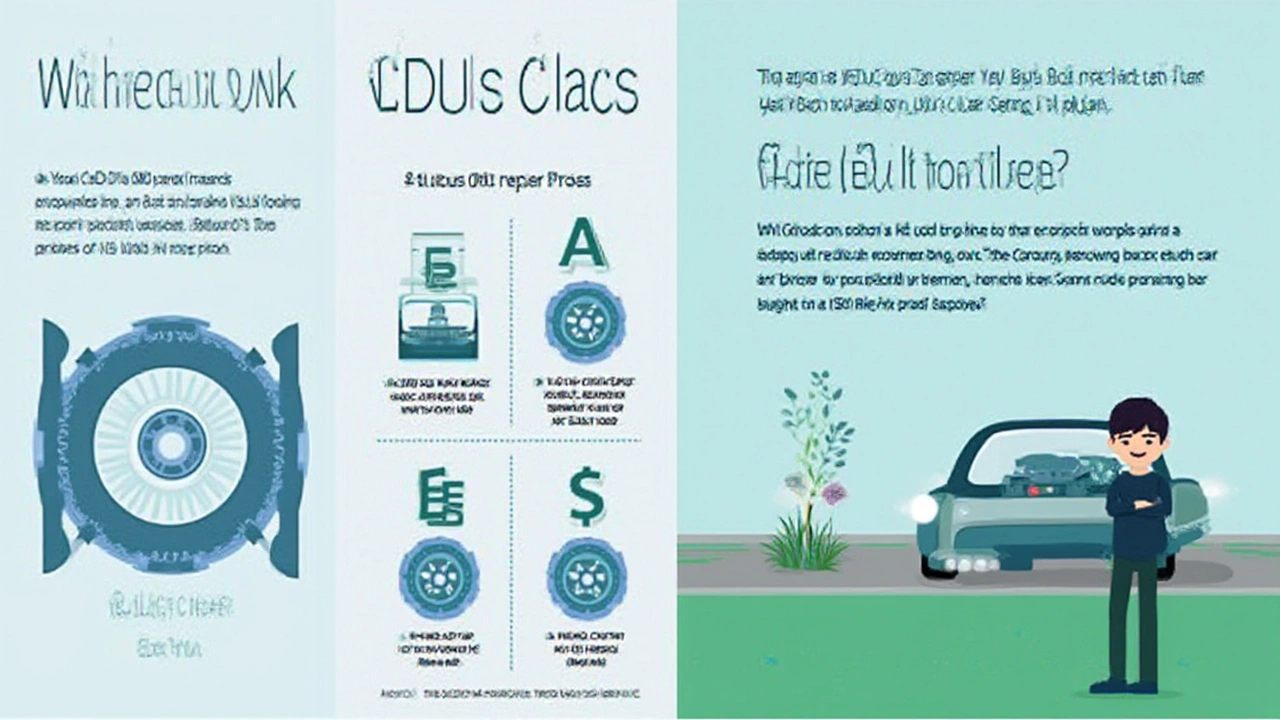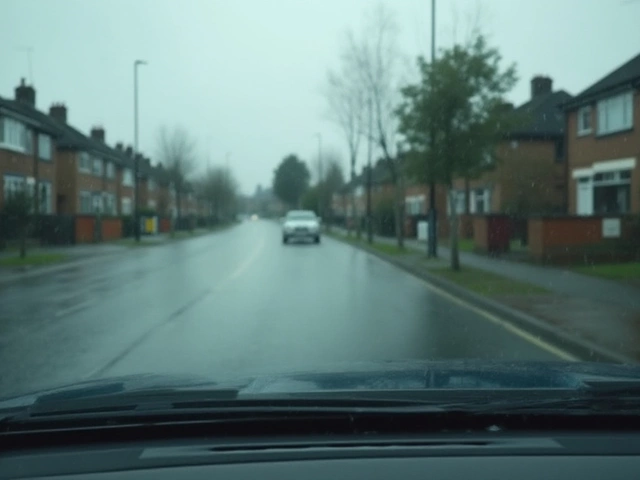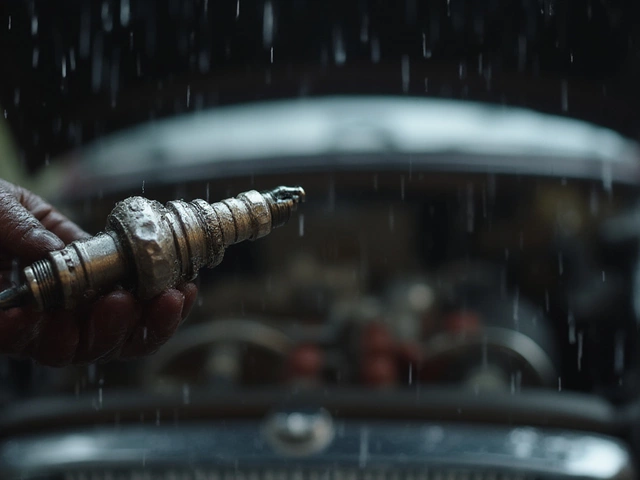You probably didn’t expect that burning smell, right? That moment when your car starts slipping, shuddering, or just refuses to go—your clutch has thrown in the towel. It’s a mix of panic and dread, especially when you start imagining the repair bill. Let’s get straight to it—fixing a burnt clutch isn’t cheap, but the details might surprise you. The facts on price, what goes wrong under the hood, and how to avoid doing it all again are rarely explained by the shop. Let’s do it here.
What Leads to a Burnt Clutch?
It’s tempting to blame the car, but clutches die from very human mistakes more than anything else. If you’ve ever been stuck in stop-and-go traffic with your foot half on the clutch or tried to show off your hill start “skills,” you’ll cook that friction plate eventually. Riding the clutch, launching the car too hard, or holding it on an incline—these habits add up. When the clutch slips, the disc rubs against the flywheel and pressure plate, creating heaps of friction. It’s exactly like rubbing your hands together: do it long enough, you’ll smell burning skin. For the clutch, it’s literal burned material, roasted until it can’t grab anymore.
Heat is the enemy here. Curling up around 300-400°C (yes, that hot), even short bursts of abuse can destroy the resin and fibers in the clutch disc. Add in heavy towing or racing, and you double the risk. Some cars—especially sporty compacts and older manual transmissions—are more sensitive, while trucks carrying big loads experience it too. Mix in old hydraulic fluid, worn linkage, or even a leaky rear main seal spilling oil onto the disc, and you’ve got a recipe for a fast-failing clutch.
But it’s not always the driver's fault—a clutch can wear out with regular driving after, say, 60,000 to 100,000 miles, depending on the model. Did you know some fleet taxis get just 20,000 miles from a clutch due to constant city stops? One London cab company surveyed by Fleet News reported replacing clutches twice as often compared to personal vehicles. So, while driving style matters, sometimes it’s just physics and traffic talking.
How Much Does a Clutch Replacement Cost?
Here’s the answer that hurts most: cost varies wildly. But let’s break it down. If you drive a compact like a Honda Civic or Toyota Corolla, a shop might charge between $900 and $1,400, parts and labor. Need it on a Ford F-150 or VW GTI? Expect up to $2,000, maybe even more if the flywheel is toast. High-performance European cars can top $2,500—think BMW M3, Subaru WRX, or an Audi S4. It’s a brutal check to write, but all those pieces are buried deep in your car and take hours to reach.
Why such a range? Labor is the big cost. Mechanics need to drop the transmission, sometimes the exhaust, axles, or even engine mounts. Shops quote 4–10 hours of shop time, depending on the car. At $120–$200 per hour (the national average as of summer 2025), that’s a chunk of the bill. The kit itself—clutch disc, pressure plate, throw-out bearing—runs $150–$600 for most mainstream cars. Flywheels are another story—if yours has deep burns or cracks, expect another $200–$800.
Here’s a quick table with 2025 average costs for popular models, based on data from RepairPal and actual shop invoices:
| Car Model | Parts Only | Labor Only | Total Average Cost |
|---|---|---|---|
| Honda Civic | $210 | $820 | $1,030 |
| Toyota Camry | $250 | $850 | $1,100 |
| Ford F-150 | $340 | $1,000 | $1,340 |
| Subaru WRX | $400 | $1,400 | $1,800 |
| BMW 3 Series | $420 | $1,600 | $2,020 |
Depending on where you live, the price changes. Big city shops are pricier. Independents tend to beat dealerships by 20–30%. Watch out for lowball quotes—a cheaper job might skip resurfacing the flywheel or reusing worn hardware, leaving you with another breakdown soon.

What Does Clutch Repair Involve?
This isn’t a simple swap. A proper clutch repair means dropping the transmission, which is bigger than you think. On front-drive cars, there’s a maze of parts to remove first: battery, starter motor, driveshafts or CV axles, maybe even subframes or more. Rear-drive means the driveshaft and support pieces have to come off. Once the transmission is out, the mechanic checks the flywheel for heat spots or grooves—if it’s bad, they’ll replace or resurface it (never skip this part, or the new clutch burns faster).
Next up are the core components: the clutch disc (the part that actually “burns”), pressure plate, and throw-out or release bearing. Most kits come with all three, because mixing old and new parts isn’t worth the risk. On some makes, like Mazdas and Miatas, the pilot bearing is changed too. Every piece gets closely checked—oil leaks, warped metal, damaged splines—because any leftover flaw kills the new clutch early.
A good shop replaces the transmission fluid and checks the hydraulics—bad slave or master cylinders can mimic clutch failure. Some shops skip this, so ask upfront. Beware the classic shortcut: just swapping the disc and skipping the pressure plate or bearing. That saves a few bucks, but you’ll likely be back in a year, cursing the same burnt smell.
"A quality clutch job isn’t about just swapping parts. It’s about checking everything in the system—you can lose your whole investment if you’re missing the small stuff," says Chris Fix, a widely respected DIY auto expert whose YouTube repairs are followed by millions.
If you’re handy, yes, you can save by doing it yourself—but only if you have a transmission jack, a good wrench set, and plenty of patience. For most drivers, paying for labor is simply the safer bet.
Hidden Costs and Red Flags
The clutch kit and hours spent aren’t the end of the story. Some cars have “dual-mass” flywheels, especially German models, which are crazy expensive. A new dual-mass flywheel can tack on $500–$1,500, which stings. If there’s engine oil or fluid leaking onto the clutch area, you’ll need new seals—another $100–$300, not counting labor. Nuts, bolts, or hydraulic lines that snap or strip during removal? Yep, those add up too.
One big hidden cost is rental—a shop might need your car overnight or longer, especially if parts are delayed. Some insurance policies will pick up the bill for a tow or rental if breakdown coverage applies, but most won’t pay for the clutch repair itself, as it’s considered "wear and tear." Always ask for a detailed estimate—not just "clutch replacement," but line-by-line parts, labor, and extras.
Not every shop does things right. If a mechanic quotes you hundreds less than every other shop, ask what’s included. Is the flywheel getting resurfaced or replaced? Are new hardware and fluids included? Not all warranties are created equal. Some shops offer 12 months or 12,000 miles, others just 90 days. Get it in writing—future you will thank present you.

Tips to Prevent Clutch Burnout and Save
Nobody wants to cough up for clutch repair cost twice. Most burnt clutches trace back to driving style. Keep your foot off the clutch pedal unless you’re actually shifting. Don’t rest it “just in case,” especially when stopped at lights. Use the handbrake on hills, not the clutch, which avoids grinding the disc into an early grave. When driving, depress the clutch fully before shifting gears and release it smoothly.
If you teach someone else to drive, don’t let them learn habits like “riding the clutch” or balancing on hills. For newer drivers, explain why it’s better to wait a second longer to engage the gear than to risk a burnt clutch. On top of that, stay up to date on system checks—a soft or spongy pedal, odd noises, or sudden gear slipping are warnings you shouldn’t ignore.
When it’s time for clutch repair, ask shops for quotes with exact brands (LUK, Exedy, Sachs, Valeo—these are the OEMs to trust). Avoid no-name kits you find dirt cheap online, as a few dollars saved now can mean disaster later. Compare shops, but value experience and detail over a flashy discount.
- Don’t mix old and new clutch components
- Insist on new transmission fluid
- Replace or resurface flywheel every time
- Avoid aggressive starts or towing above your car’s rating
- Watch for leaks or pedal issues after the job’s done
Dealerships are not always a rip-off; they offer brand-specific training. Still, good independents often beat dealer pricing and can use the same OEM parts. Online reviews and word-of-mouth matter. Ask about previous clutch jobs, warranty terms, and whether they’ve handled your exact car model before.
Remember, a clutch can last 100,000 miles—sometimes even more—if you drive smart. Spend a little now on careful habits and decent parts, and future breakdowns (and their fat repair bills) will likely keep their distance.






